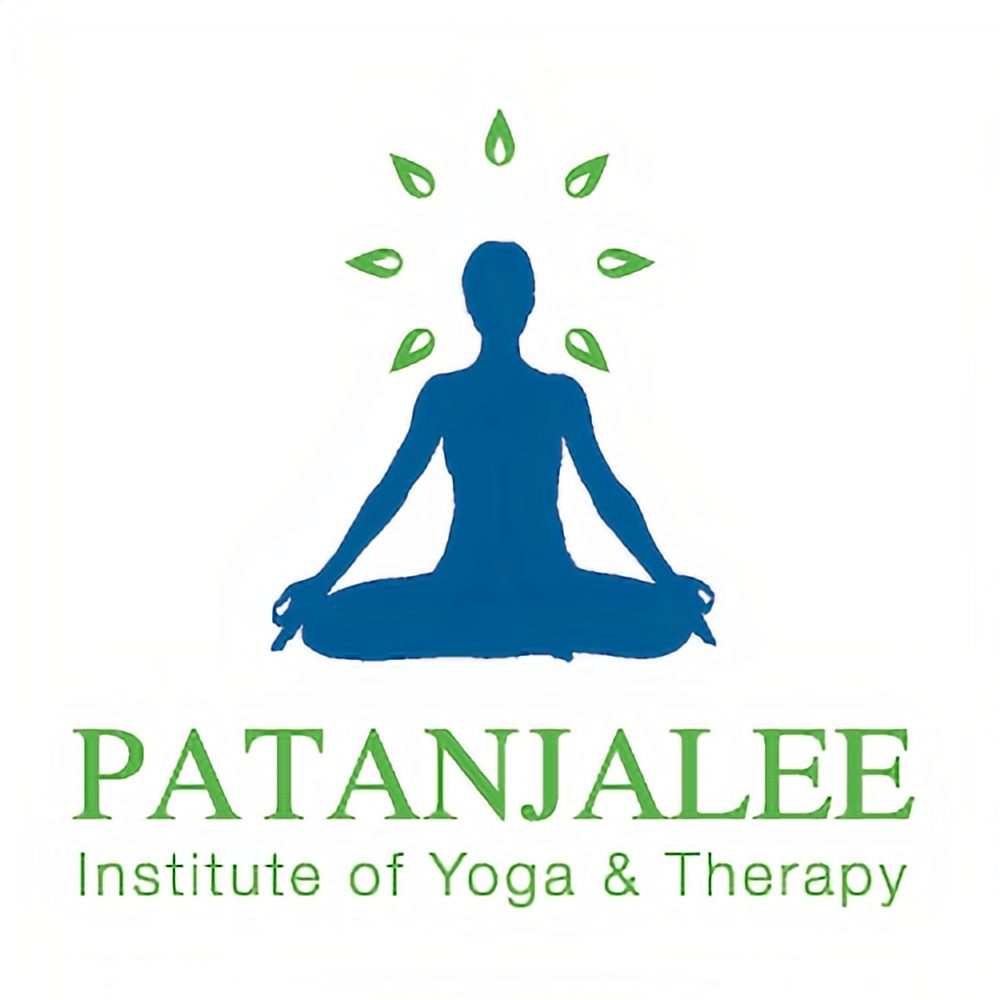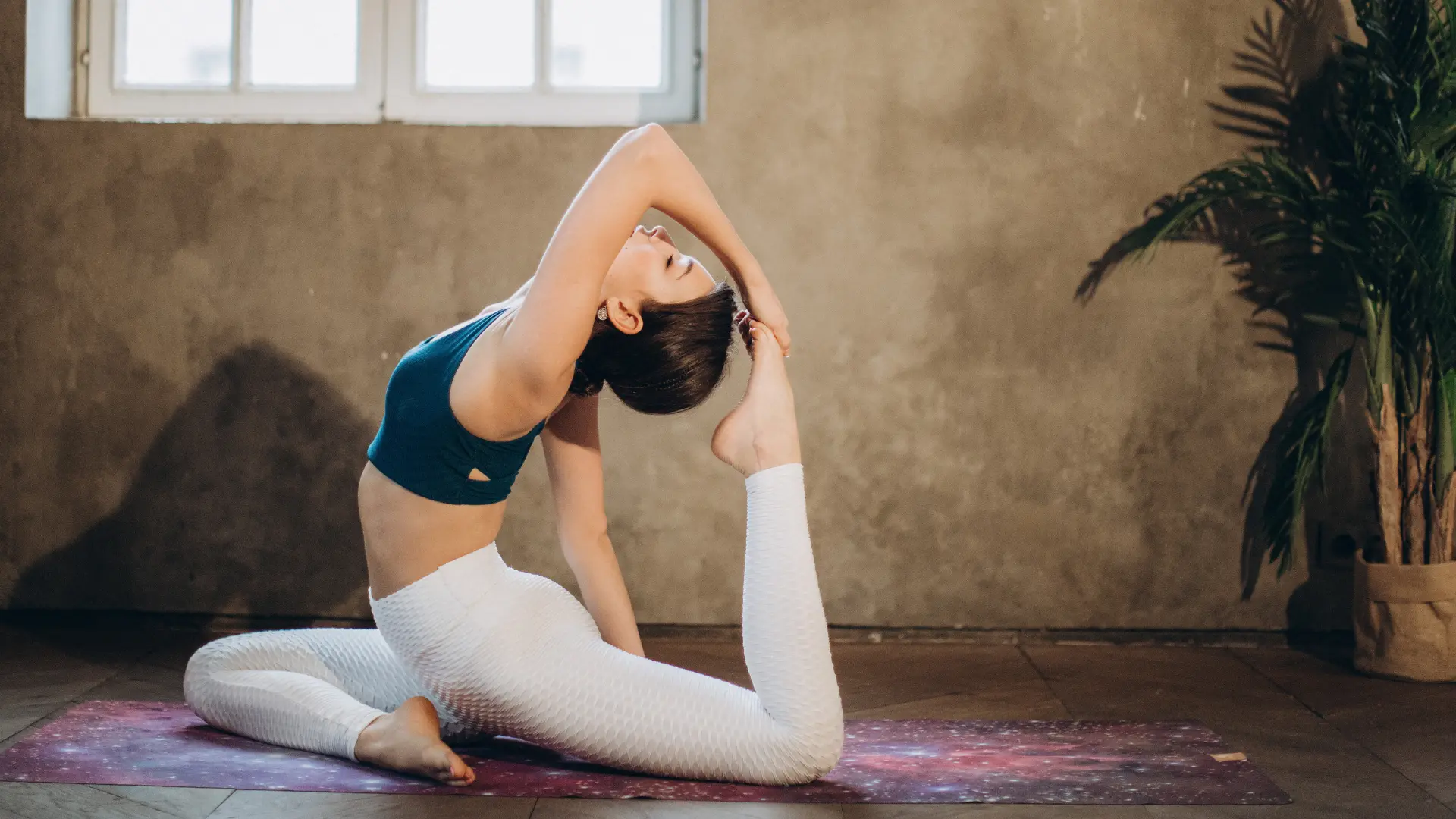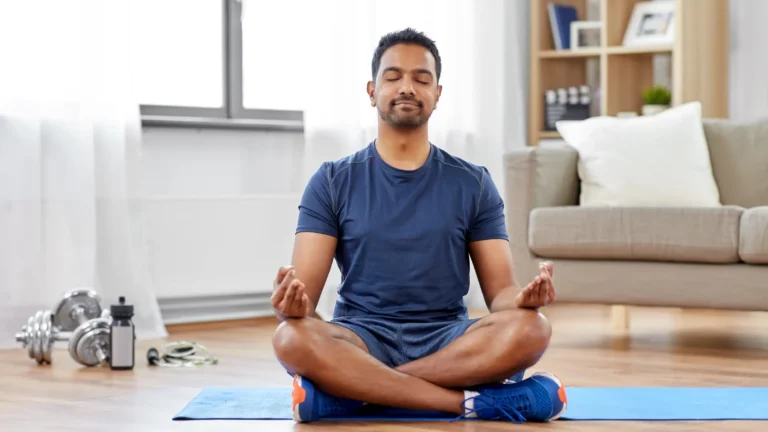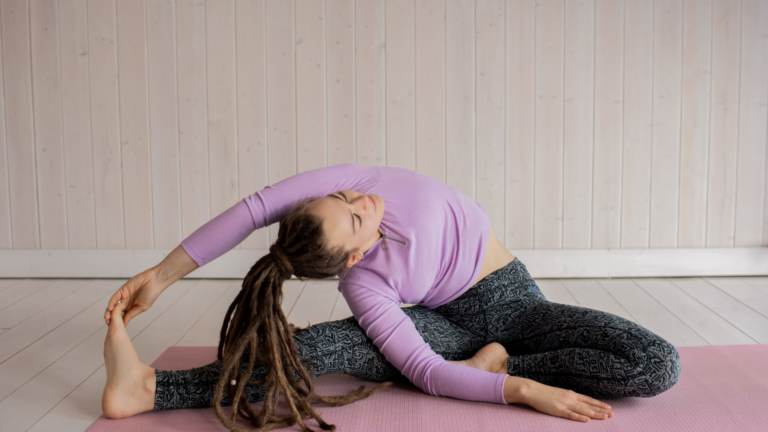Beginners Guide To Yoga Asanas
Yoga, an ancient practice originating from India, has gained immense popularity worldwide for its holistic approach to health and wellness. Combining physical postures, breathing exercises, and meditation, yoga aims to create a harmonious connection between the mind, body, and spirit. If you are new to yoga, this guide will help you navigate through the basics, understand the benefits, and introduce you to some fundamental yoga asanas (postures) to kickstart your practice.
Understanding Yoga and Its Benefits
What is Yoga?
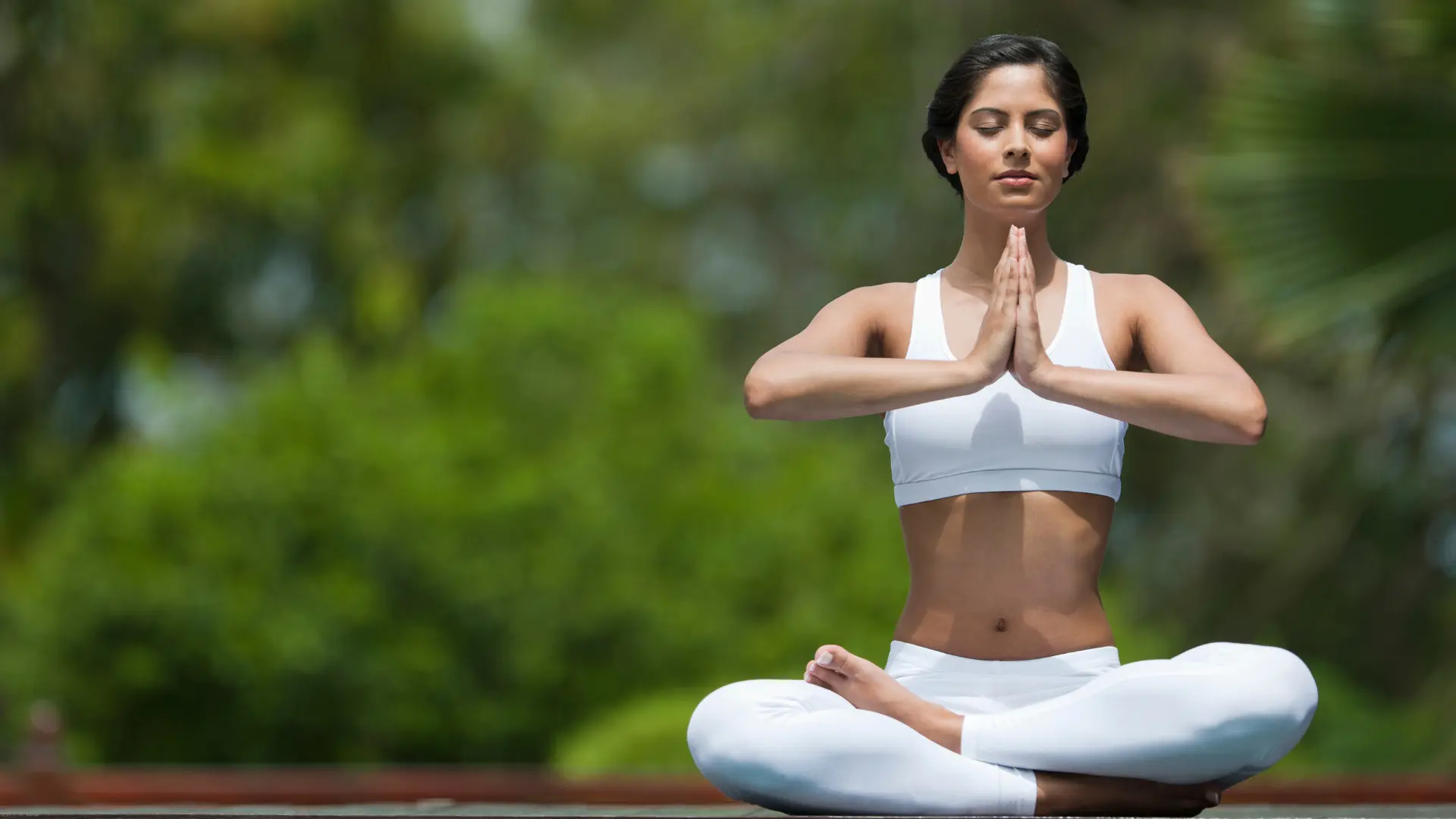
Yoga is a comprehensive system of practices designed to promote physical, mental, and spiritual well-being. It encompasses various styles and disciplines, including Hatha, Vinyasa, Ashtanga, Iyengar, and more. The word “yoga” means “union” in Sanskrit, reflecting the practice’s goal of uniting the mind, body, and spirit.
Benefits of Yoga
- Physical Health: Regular practice of yoga can improve flexibility, strength, balance, and posture. It helps in toning muscles, enhancing cardiovascular health, and reducing chronic pain.
- Mental Clarity: The World Health Organization (WHO) estimates that mental health problems in India cause a loss of 2,443 years of healthy life for every 100,000 people . Yoga encourages mindfulness and reduces stress through deep breathing and meditation. It can improve focus, concentration, and overall mental clarity.
- Emotional Stability: By fostering a sense of inner peace, online yoga classes for stress helps manage anxiety, depression, and other emotional challenges. It promotes emotional resilience and a positive outlook on life.
- Spiritual Growth: Yoga offers a path to spiritual awakening by encouraging self-awareness and a deeper connection with one’s inner self and the universe.
Getting Started with Yoga Asanas
Preparing for Your Practice
- Choose a Quiet Space: Find a calm and quiet place where you won’t be disturbed. Ensure there is enough space for you to move freely.
- Wear Comfortable Clothing: Opt for loose-fitting, comfortable clothing that allows you to stretch and move without restriction.
- Use a Yoga Mat: A non-slip yoga mat provides cushioning and support, making it easier to perform the poses safely.
- Stay Hydrated: Drink water before and after your practice, but avoid drinking too much during the session.
- Listen to Your Body: Yoga is about respecting your body’s limits. Never force yourself into a pose that feels uncomfortable or painful.
Fundamental Yoga Asanas
Here are ten basic yoga asanas for beginners. These poses will help you build strength, flexibility, and balance, forming a solid foundation for your practice.
1. Mountain Pose (Tadasana)

Mountain Pose is the foundation for all standing poses. It promotes good posture and strengthens the legs.
- How to Do It: Stand with your feet together, arms at your sides. Distribute your weight evenly across both feet. Engage your thighs, lift your kneecaps, and lengthen through your spine. Relax your shoulders and let your arms hang naturally. Breathe deeply and hold the pose for 30 seconds to 1 minute.
2. Downward-Facing Dog (Adho Mukha Svanasana)

This pose stretches the hamstrings, calves, and shoulders while strengthening the arms and legs.
- How to Do It: Start on your hands and knees, with your wrists aligned under your shoulders and knees under your hips. Spread your fingers wide and press firmly into the mat. Lift your knees off the floor and straighten your legs, forming an inverted V shape. Keep your head between your arms and gaze towards your navel. Hold for 1 to 3 minutes.
3. Cat-Cow Pose (Marjaryasana-Bitilasana)

Cat-Cow Pose gently warms up the spine and relieves tension in the back and neck.

- How to Do It: Begin on your hands and knees, with your wrists directly under your shoulders and knees under your hips. Inhale, arch your back, and lift your head and tailbone (Cow Pose). Exhale, round your spine, and tuck your chin to your chest (Cat Pose). Continue to flow between these two poses for 1 to 2 minutes, coordinating your movements with your breath.
4. Child’s Pose (Balasana)
Child’s Pose is a restful posture that stretches the back, hips, and thighs. It is often used as a counter-pose to more strenuous asanas.

- How to Do It: Kneel on the floor with your big toes touching and your knees hip-width apart. Sit back on your heels and fold forward, extending your arms in front of you. Rest your forehead on the mat and relax your entire body. Hold for 1 to 3 minutes.
5. Warrior I (Virabhadrasana I)
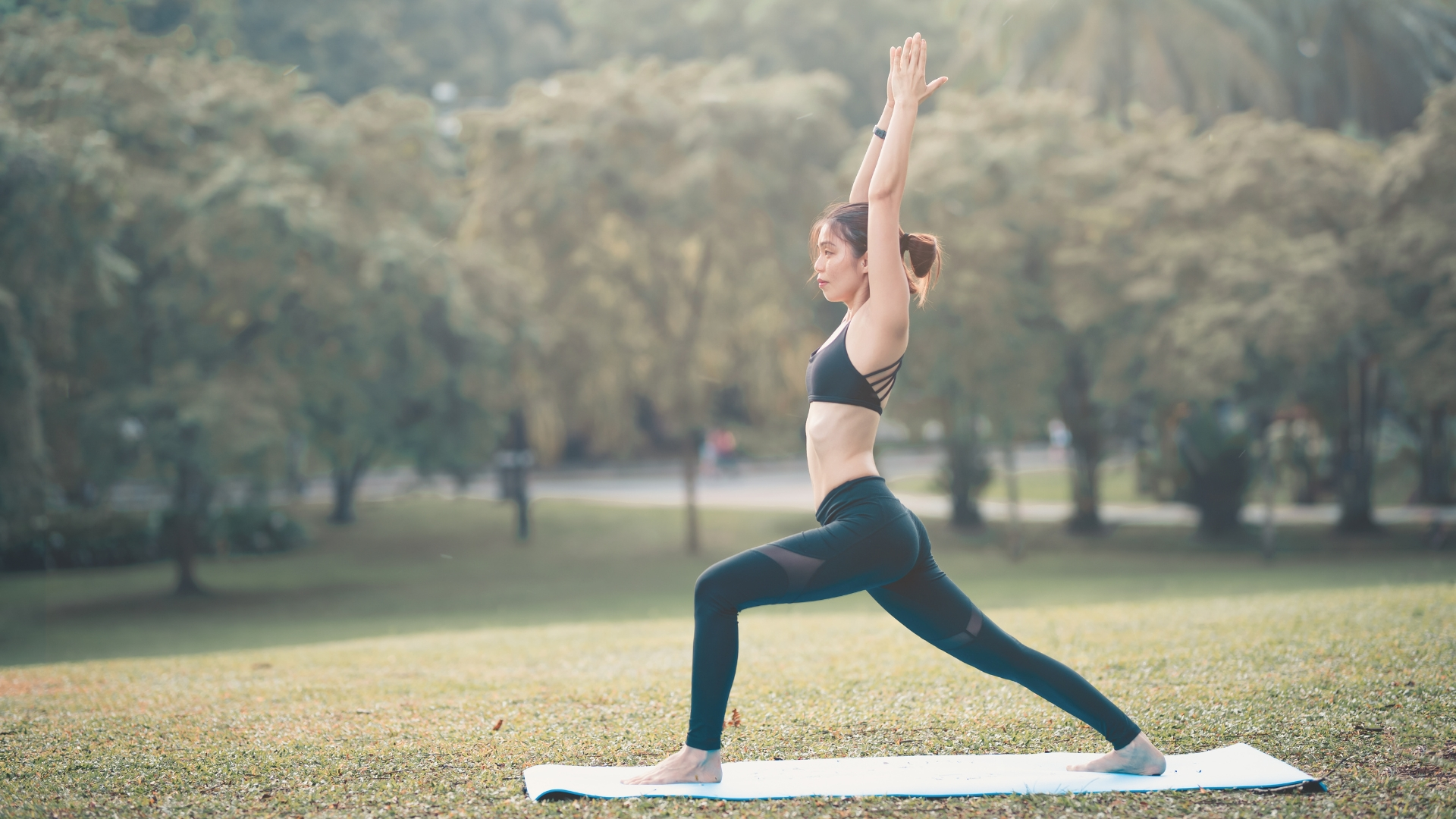
Warrior I strengthens the legs, opens the hips, and improves balance and concentration.
- How to Do It: Stand with your feet hip-width apart. Step your left foot back about 3 to 4 feet, turning your left foot out slightly. Bend your right knee, keeping it directly over your ankle. Raise your arms overhead, palms facing each other, and gaze forward. Hold for 30 seconds to 1 minute, then switch sides.
6. Warrior II (Virabhadrasana II)
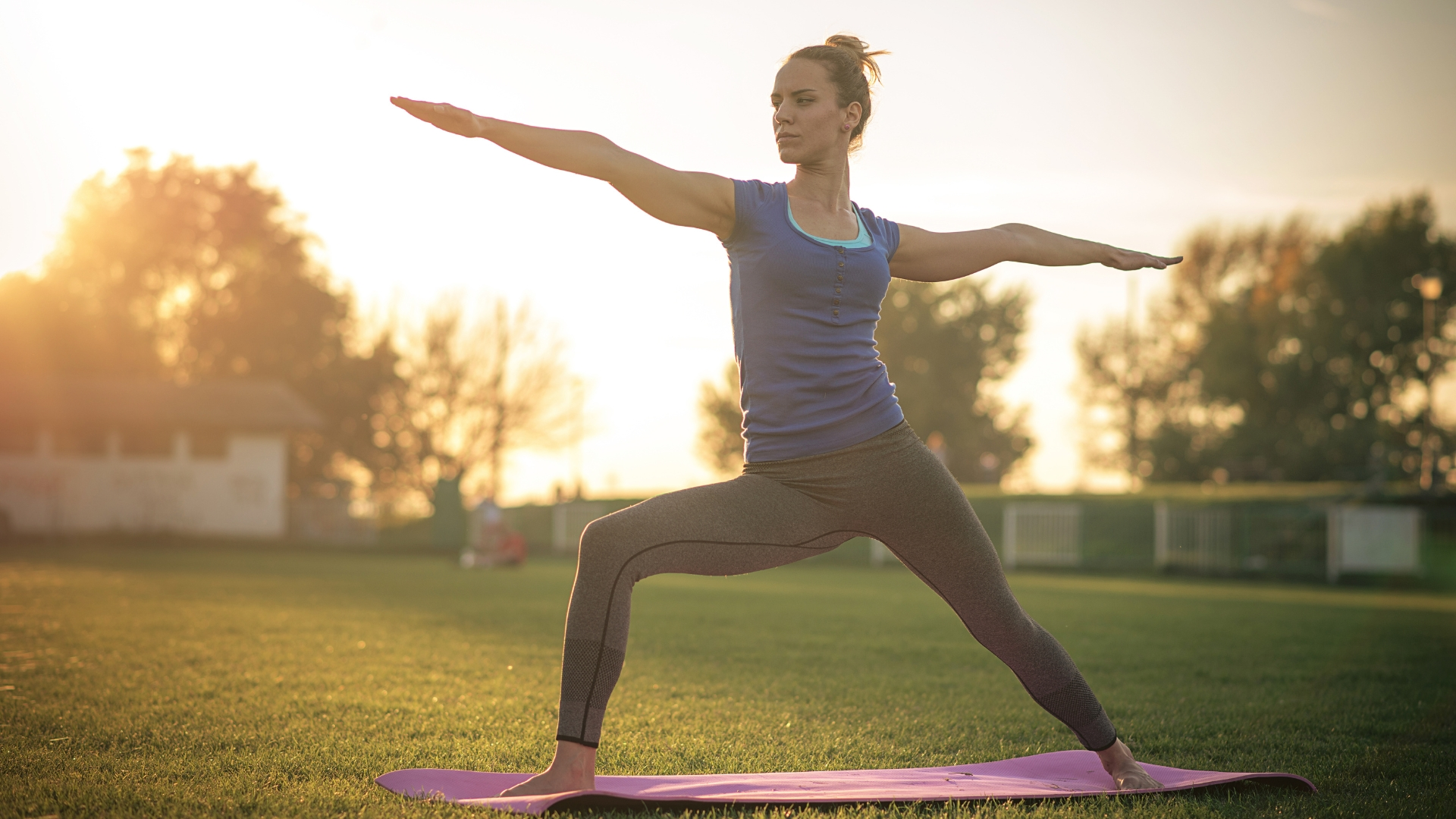
Warrior II builds strength in the legs and core, while stretching the hips and chest.
- How to Do It: From Mountain Pose, step your left foot back about 3 to 4 feet, turning your left foot out at a 90-degree angle. Bend your right knee, keeping it aligned over your ankle. Extend your arms parallel to the floor, palms down, and gaze over your right hand. Hold for 30 seconds to 1 minute, then switch sides.
7. Triangle Pose (Trikonasana)

Triangle Pose stretches the hamstrings, hips, and spine while strengthening the legs and core.
- How to Do It: Stand with your feet wide apart. Turn your right foot out 90 degrees and your left foot in slightly. Extend your arms parallel to the floor. Hinge at your right hip, reaching your right hand towards your shin or the floor. Extend your left arm towards the ceiling and gaze at your left hand. Hold for 30 seconds to 1 minute, then switch sides.
To learn more about Trikonasana, check out our blog about “TRIKONASANA – Triangle Posture | Steps, Benefits, Cautions”
8. Seated Forward Bend (Paschimottanasana)
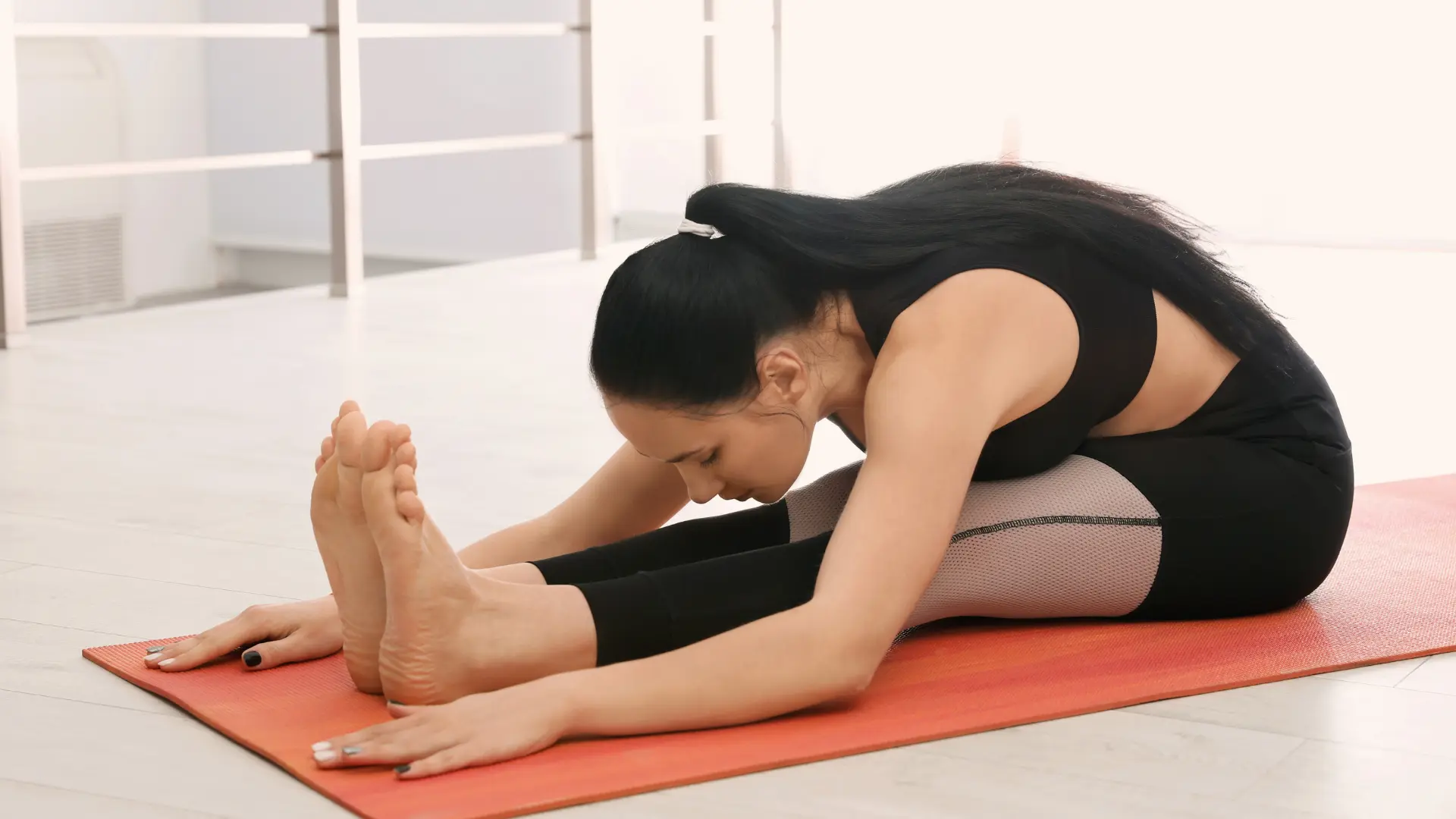
This pose stretches the hamstrings, spine, and lower back, promoting relaxation and flexibility.
- How to Do It: Sit on the floor with your legs extended in front of you. Inhale, lengthen your spine, and reach your arms overhead. Exhale, hinge at your hips, and fold forward, reaching for your feet or shins. Keep your spine long and your head relaxed. Hold for 1 to 3 minutes.
9. Bridge Pose (Setu Bandhasana)
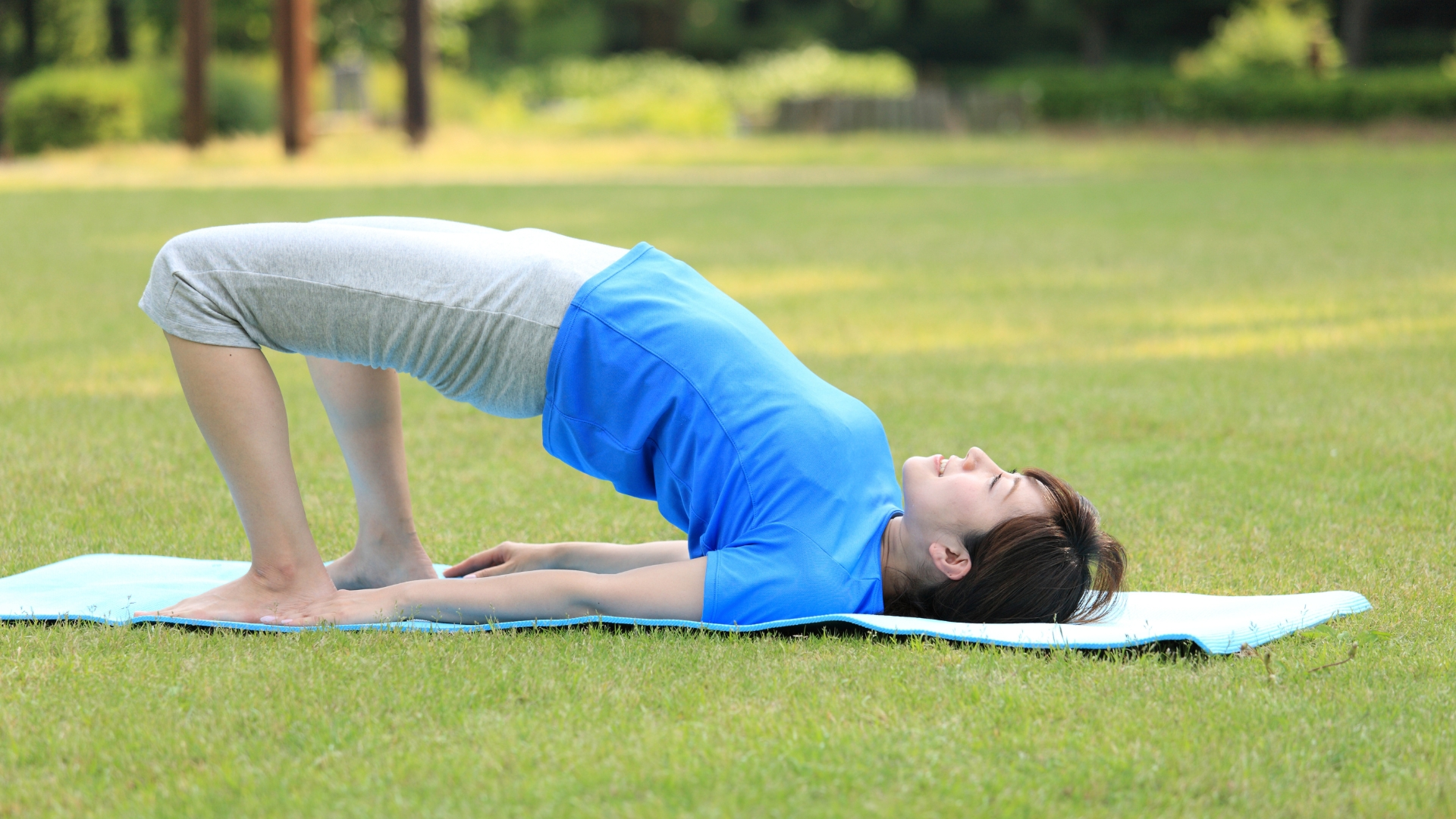
Bridge Pose strengthens the back, glutes, and legs while opening the chest and improving spinal flexibility.
- How to Do It: Lie on your back with your knees bent and feet hip-width apart. Press your feet into the mat and lift your hips towards the ceiling. Clasp your hands under your back and press your arms into the mat. Hold for 30 seconds to 1 minute, then release.
10. Corpse Pose (Savasana)

Corpse Pose is a relaxation pose that allows the body and mind to integrate the benefits of the practice.
- How to Do It: Lie flat on your back with your legs extended and arms at your sides, palms facing up. Close your eyes and breathe deeply, allowing your body to completely relax. Stay in this pose for 5 to 10 minutes.
Tips for a Successful Yoga Practice
- Start Slow: Begin with basic poses and gradually progress to more challenging asanas as your strength and flexibility improve.
- Consistency is Key: Practice regularly, even if it’s just for a few minutes each day. Consistency is more important than duration.
- Focus on Breath: Coordinate your movements with your breath. Inhale to expand and energize, exhale to release and deepen into the pose.
- Mindfulness and Patience: Yoga is a journey, not a destination. Be patient with yourself and practice mindfulness to stay present in each moment.
- Seek Guidance: If possible, attend yoga classes with a certified instructor to ensure proper alignment and technique. Online yoga classes and tutorials can also be helpful.
- Listen to Your Body: Yoga should never cause pain. If you experience discomfort, modify the pose or take a break.
- Set Intentions: At the beginning of your practice, set an intention or focus for your session. This can be a specific goal or a quality you wish to cultivate, such as peace or strength.
Incorporating Yoga into Daily Life
Yoga is more than just a physical practice; it’s a way of life. Here are some ways to incorporate yoga principles into your daily routine:
- Mindful Breathing: Practice deep, mindful breathing throughout the day to reduce stress and stay centered.
- Healthy Eating: Adopt a balanced diet that nourishes your body and supports your yoga practice.
- Positive Thinking: Cultivate a positive mindset by focusing on gratitude, compassion, and self-love.
- Regular Meditation: Set aside time for meditation to enhance mental clarity and emotional stability.
- Stay Active: Integrate physical activity into your daily routine, whether it’s through yoga, walking, or other forms of exercise.
Conclusion
Embarking on a yoga journey can be a transformative experience, offering numerous physical, mental, and spiritual benefits. By starting with the basics and gradually progressing, you can build a strong foundation for a lifelong practice. Remember to be patient with yourself, stay consistent, and enjoy the process. Yoga is not just about mastering poses; it’s about discovering a deeper connection with yourself and the world around you.
